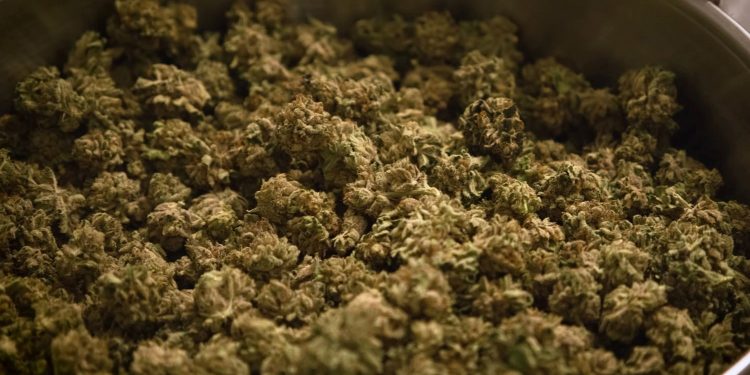Whether a consumer is smoking or eating their cannabis, a key component of the product’s quality is the decarboxylation process. Here’s what you need to know.
The psychoactive components of the hemp and cannabis plants require the decarboxylation process to bring them to life. For those who prefer to smoke their flower, the lighter’s flame is the science behind those euphoric experiences. But when it comes to salves, consumables, and tinctures.
Let’s explore the science behind the decarboxylation process and why it’s important for consumers!
What Is Decarboxylation?
The decarboxylation process is the act of heating a cannabis or hemp plant to activate its cannabinoids. The buds, trim, kief, and leaves all contain the critical compounds consumers know and love. The primary goal is to target these cannabinoids from the trichomes with applied heat and pressure of distinct measurements. Through quality processing equipment, operators can increase decarb efficiency and provide quality and ethical cannabis products.
Upon encountering a precise heating process, the matter experiences a molecular change. Decarboxylation will create a loss of one carboxyl group containing carbon dioxide, while a singular hydrogen atom will remain. The activated cannabinoid compounds interact with the body’s endocannabinoid system and signal varying effects from relaxation to euphoria to concentration.
Why Is Decarboxylation Important?
Decarboxylation is a critical method of processing things that don’t require a manual lighter. Not every consumer enjoys smoking their cannabis products, so this process is a necessity for salves, tinctures, and consumables.
The precise heat application will take the original form of CBDA and THCA and convert it to active-compound CBD and THC. So, this process is essential to the consumer market, but it’s also vital that processors and vendors follow safety protocols and manufacturing guidance to achieve well-cured results.
Should You Decarb Your Cannabis?
When it comes to deciding if you should decarb, you must first evaluate your desired results. Some consumers prefer to eat or apply their cannabis products, and others prefer to take the ground flower and smoke. Either way, the decarboxylation process is necessary. By understanding the science behind the decarboxylation process, you can determine the best methods for your operation.
Hopefully, with this brief overview of cannabis decarboxylation, you can clarify your process and meet the needs of your consumers. Additionally, consider investing in quality equipment to ensure your operation follows local and federal regulations.




